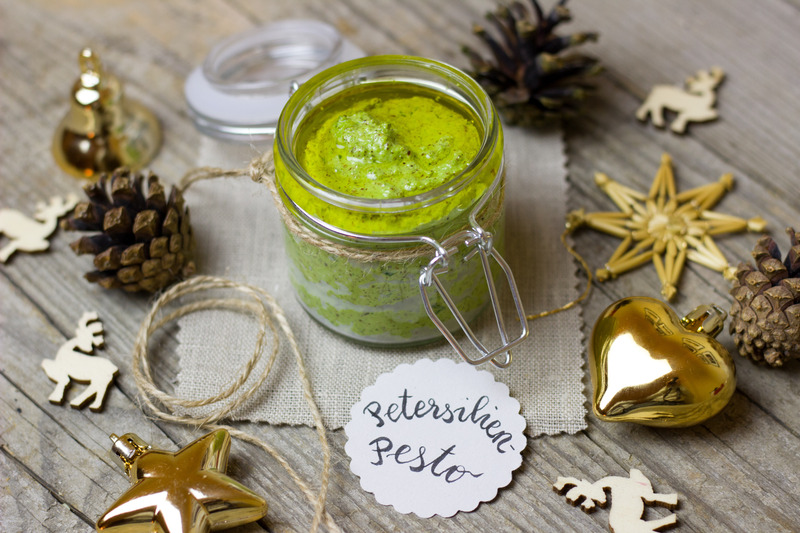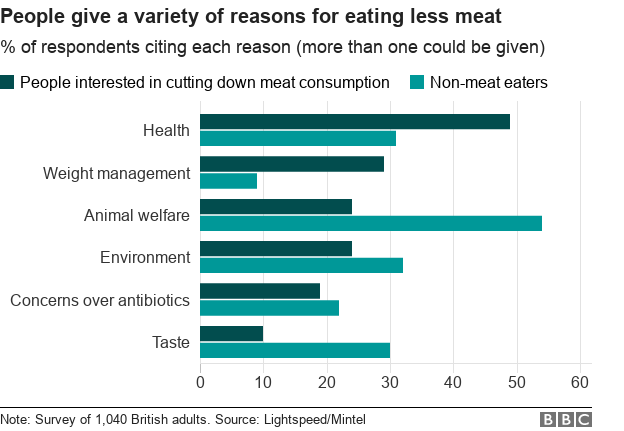Veganism is now a fast growing trend, but is it healthy?
Posted by Phil Heler, MD on November 19, 2018
One of the rapidly emerging trends regarding health and diet is veganism (especially in the under 25 age bracket) and I personally find this of great interest. As with any diet it does come with its advantages and disadvantages.
What is Veganism?
The Vegan Society website gives a definition of veganism as ‘a philosophy and way of living which seeks to exclude-as far as possible and practicable-all forms of exploitation of, and cruelty to animals for food, clothing or any other purpose’.
This philosophy does confer health benefits as vegan diets include typically more fibre and less cholesterol (as the diet will obviously contain less saturated fat).
However, this is not always true as coconut oil is hugely popular in vegan baking for example and it’s also worth noting that it is high in saturated fat.
Ideally, if not now but very soon, as climate change becomes more polarised, we all need to make food choices that have a minimum negative impact on the environment.
I feel that veganism is a very worthy cause although it does come at some environmental cost. Western demand has elevated the cost of quinoa and avocados to the extent that these staples have now become unaffordable in the countries from where they are sourced. Mexico now makes more money exporting avocados than oil!
I feel that in a general sense the future realistically lies in eating local, sustainably produced food with a low carbon footprint (although there will always be a market for imported foods).
This is recognised by the Vegan Society which states that the UK provides good conditions for growing plant proteins for direct human consumption, such as fava beans, peas, hemp seed and sweet lupin.
Unfortunately, the UK currently assigns only 16 per cent of its agricultural land to growing protein crops, much of which are used to feed farmed animals, while at the moment, most of the protein crops such as lentils, chickpeas and quinoa (that are fit for human consumption) are imported from Brazil, Canada and the US.
The Rise of Veganism
The rise of veganism is recognised in retail sectors and in response the high street is adapting with incredible speed.
Big chains such as Marks & Spencer and Pret a Manger have introduced vegan ranges, Wagamama has a new vegan menu, Pizza Hut recently joined Pizza Express and Zizzi in offering vegan pizzas, while last year Guinness went vegan and stopped using fish bladders in its brewing process, after two and a half centuries!
Waitrose recently launched a dedicated vegan section in more than 130 shops, while Iceland reported that sales of its plant-based food have risen by 10% over the last year.
How Many Vegans in The UK?
In 2016 roughly 1% of the UK population were identified as vegan. In 2018 this figure has now risen to 7% (or 3.5 million) and a further 14% are vegetarian.
In the UK this year’s ‘Veganuary’ -the initiative which sees people pledging to trial veganism for the month of January- had 100,000 participants with 62% stating that they stayed vegan after the campaign.
What’s driving the vegan trend?
According to Mintel (a global marketing information company) there are a range of reasons for people reducing in part, or wholly, meat intake. They surveyed 1040 adult participants in the UK and the results are given below in the bar chart; as you can see health, animal welfare and the environmental concerns are the primary reasons.

Vegans on Social Media
Social media has also had a big part to play in the rise of the plant-based lifestyle. Well know celebrities help promote the cause while #vegan has more than 61 million posts listed on Instagram and veganism is a hot topic on Google.
The search engine uses a number out of 100 to represent interest in a search term. In 2008, the word “veganism” had a popularity score of only 17 but it has increased to 88 only 10 years later. While all these influences are all very well the key question is, does veganism provide a healthy balanced diet?
One of the drawbacks of eliminating all animal products from a diet, however, is the risk of certain deficiencies.
Itemised below are the main areas of deficiencies that do need addressing. This is particularly important if veganism is assumed as a philosophy for the whole family as this balance will be far more critical for growing children or soon to be mothers who are pregnant.
These concerns are now even detailed on the NHS website (www.nhs.uk/live-well/eat-well/the-vegan-diet)
Nutrients that everyone needs
B12. Because this vitamin is mainly found in meat, dairy products and eggs, vegans must get it from other sources such as supplements, fortified breakfast cereals and Marmite. Deficiency can lead to irreversible nervous system damage.
Vitamin D. Our skins make vitamin D when exposed to the sun’s ultraviolet rays. But with desk-bound jobs, long winters and unpredictable weather, it is not always possible to get enough. Vitamin D is crucial for bone growth in children, and deficiency can result in rickets.
Oily fish is one of the best dietary sources, but vegans can obtain it from fortified breakfast cereals and margarine. People living in Scotland may need to take greater care over vitamin D, as may people from cultures that require them to cover their bodies.
Calcium. Found in dairy products, this is essential for strong bones. It is often lacking in a vegan diet unless taken as a supplement.
Iron Without enough iron, vegans and vegetarians can become anaemic. Deficiency can also delay growth in toddlers. Iron is commonly found in meat, but vegetarians can source iron from pulses and leafy green vegetables.
Calories. Although childhood obesity is an issue today, not enough calories can mean children don’t grow properly. This can be a problem in high-fibre diets.
Protein. High-biological-value protein is found in meat, fish, eggs and dairy products. Low-biological-value protein is found in nuts, pulses and whole grains. Separately, the latter doesn’t contain all the essential amino acids but do, when combined correctly. Knowledge of which foods to mix together is therefore crucial.